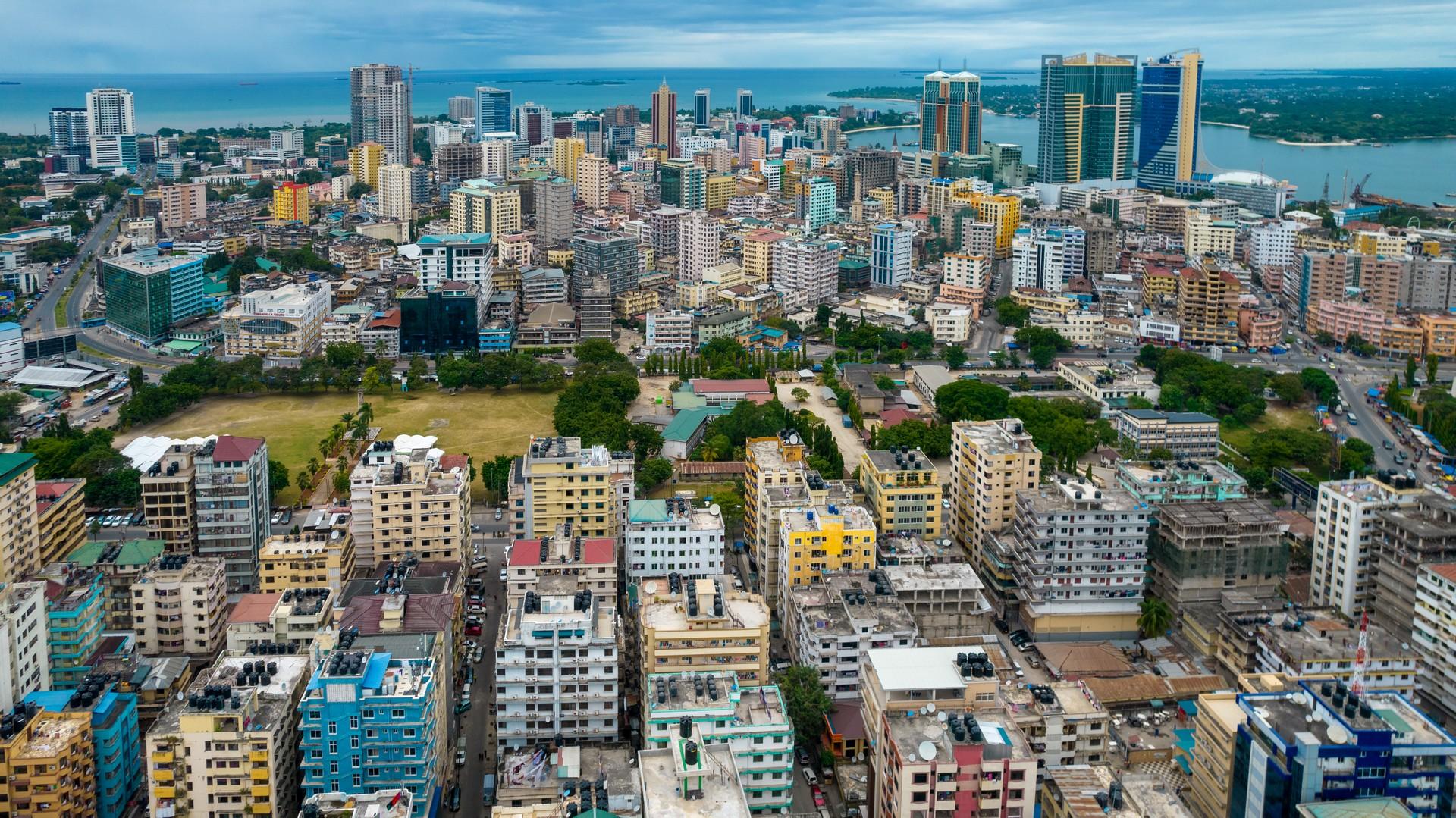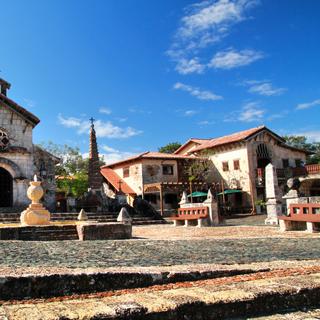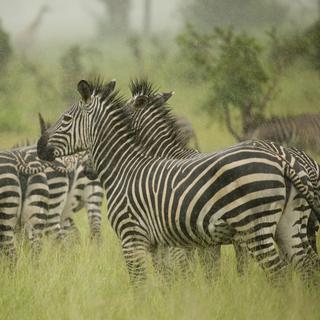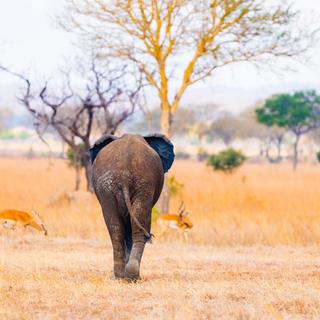
Dar es Salaam weather and climate in 2025

Dar es Salaam weather and climate in 2025
Day
31 °C
Night
25 °C
Sea
28 °C
Precipitation
62 mm
in month
Rainy days
7 days
in month
Daylight
12 hours
average
Sunshine
8 hours
average
Humidity
78 %
Weather charts for Dar es Salaam
Destinations nearby and activities
Destinations nearby
Activities in Dar es Salaam


Find more destinations like this
Destinations with similar weather to Dar es Salaam
Other destinations in Tanzania - Coast
Closest cities for Dar es Salaam
Last week's weather in Dar es Salaam
The week of 1 December 2025 - 7 December 2025 had an average daily temperature of 32 °C (90 °F) and a minimum (nighttime) temperature of 25 °C (77 °F). Both the daily and night temperatures in Dar es Salaam are roughly same as the long-term average, which is around 31 °C (88 °F) and 24 °C (75 °F) respectively. On average, the temperatures during various times of day (in local time) were recorded as: 7am 27 °C (81 °F), 10am 31 °C (88 °F), 1pm 32 °C (90 °F), 4pm 30 °C (86 °F), 7pm 27 °C (81 °F), 10pm 27 °C (81 °F).
During this week: 2 days without rain, 4 days with light rain and 1 day with moderate rain were observed. During the whole week, total of 3 mm (0.12 in) of precipitation was observed, which is below the long term average for Dar es Salaam, which is 26 mm (1.02 in). From dawn to dusk, there was an average of 45 % cloud coverage during the day. There was a meteorological observation of fog.
An average wind speed of 3.9 m/s was recorded. Prevailing wind direction(s) were North-East and East. The air pressure was 1009 hpa - 1015 hpa. The average air humidity was 69 % in Dar es Salaam.
During the daytime (from dawn to dusk), there were in average: 4 hours clear skies, 5 hours partially overcast skies, 2.5 hours overcast skies and 1 hour rainy weather. At 05:58, on average, the sun rose, and at 18:28, the sun set.
Weather overview for Dar es Salaam
Weather overview
Positioned along the coast of Tanzania, the city of Dar es Salaam experiences a tropical climate distinguished by its humid and hot conditions. Average daytime temperatures oscillate between 29 °C (84 °F) in the cooler month of July and escalate to 32 °C (90 °F) in the typically warmer month of March. The warmest average nighttime temperatures occur in January at 25 °C (78 °F), with the lowest being recorded in August at 19 °C (67 °F). Additionally, the sea's temperature peaks at a warm 29 °C (85 °F) in March and descends to a cooler 25 °C (78 °F) in August. As for precipitation, the driest month in the city is July, which usually sees only 4 days of rainfall, while the wettest month is April, where rainfall can last up to 17 days.
January weather
The ongoing tourist season in Dar es Salaam brings fewer rainy days, decreasing to 7 days, with a notable reduction in the amount of rainfall starting from January. The peak night temperatures are also a highlight of this month.
February weather
As February unfolds in Dar es Salaam, the number of rainy days continues to diminish, observed at 5 days. The city welcomes tourists with increasing sunshine and reduced humidity, reaching a low of 77 %.
March weather
March in Dar es Salaam is notable for the high sea temperatures peaking at 29 °C (85 °F), complemented by maximum daytime temperatures. A slight reduction in nighttime temperature begins to occur, while a gradual increase in rainfall signals the approach of the wetter season.
April weather
April sees a gradual decline in daytime temperatures in Dar es Salaam, recording an average temperature of 31 °C (87 °F). The onset of the wet season is marked by the highest number of rainy days and significant precipitation.
May weather
As May approaches, the city of Dar es Salaam continues to experience cooler daily temperatures averaging 30 °C (85 °F). Concurrently, a dip in sea temperatures is noted alongside a reduction in the wet season's intensity.
June weather
The gentle descent of sea temperatures continues in June, while Dar es Salaam begins to welcome tourists as the rainy days become less frequent.
July weather
July in Dar es Salaam is characterized by minimal daytime temperatures averaging 29 °C (84 °F) and lowering sea temperatures, yet the city remains bustling with tourists.
August weather
August in Dar es Salaam continues to offer exceptional vacation conditions, with the lowest sea and night temperatures and an uptick in the number of rainy days.
September weather
The transition to warmer day and night temperatures begins in September, and rains remain minimal as Dar es Salaam's tourist and dry seasons persist.
October weather
With the tourist season in full swing, October sees rising day temperatures in Dar es Salaam. The sea begins to warm up, and the number of rainy days starts to increase.
November weather
The warmth of the sea temperature continues to climb in November, matching the increasing night temperatures. The number of rainy days also rises as the city experiences a surge in sunny hours.
December weather
December in Dar es Salaam sees a slight reduction in rainy days as both the sea temperature and night temperature continue to increase against the backdrop of extended daylight hours.
FAQs
What is the typical number of rainy days in January in Dar es Salaam?
January typically features about 7 days of rainy weather in Dar es Salaam.
Does February mark the onset of the wet season in Dar es Salaam?
February is not the beginning of the wet season; instead, Dar es Salaam sees an average of 5 days with rainfall.
What level of humidity should I expect in Dar es Salaam during March?
Expect the humidity levels to average around 81 % in March, slightly above the norm for Dar es Salaam.
What's the likelihood of rain in Dar es Salaam throughout April?
April is quite wet in Dar es Salaam, with an average of 17 days experiencing rainfall.
How much sunshine can I expect in Dar es Salaam during May?
In May, Dar es Salaam boasts an average of 6 hours of sunshine each day.
What temperature does the sea reach in Dar es Salaam during June?
The sea temperature in Dar es Salaam for June averages a pleasant 27 °C (80 °F).
What is the daytime temperature in Dar es Salaam during July?
Typically, the average daytime temperature in Dar es Salaam for July is 29 °C (84 °F).
Would August be considered an ideal time for visiting Dar es Salaam?
August is an optimal month for a vacation in Dar es Salaam, with typically favorable weather conditions.
Are the temperatures in Dar es Salaam considerably high in September?
September in Dar es Salaam tends to offer comfortably warm weather without excessive heat.
How does the night temperature in Dar es Salaam feel during October?
The night temperature in Dar es Salaam during October averages a cozy 22 °C (71 °F).
What wind speeds can be expected in November in Dar es Salaam?
Wind speeds in Dar es Salaam during November will average around 3.
Does Dar es Salaam experience a dry season in December?
Dar es Salaam does not have a dry season in December, with rainfall expected on about 11 days throughout the month.





